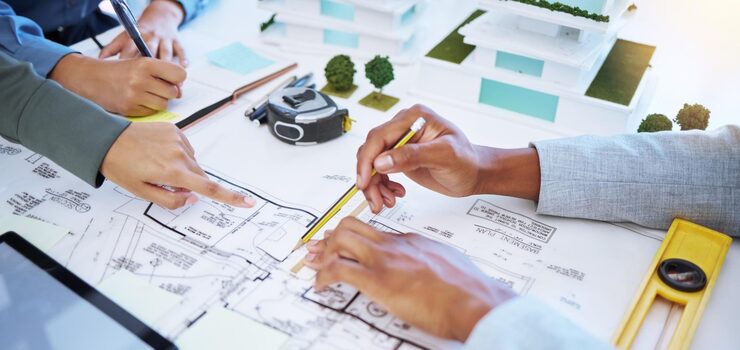1 Oct, 2025 | Betty | No Comments
The Future of Design: How Tech Is Flipping Architectural Drafting on Its Head

In the world of design and construction, technology has changed everything from how we plan projects to how we execute them. One area that has seen the most impressive evolution is architectural drafting. Once dependent solely on pencils, rulers, and large sheets of paper, drafting has now entered a digital era where precision, collaboration, and creativity come together. This shift not only saves time but also creates opportunities for designers, engineers, and builders to deliver projects with greater accuracy and efficiency.
What’s the Deal With Architectural Drafting Anyway?
At its core, drafting is basically the blueprints for the world around you—your house, your office, that weird donut shop down the street. It’s how architects, builders, and engineers keep from arguing about where the bathroom should go. Back in the day, they did it all by hand. Think ancient Egyptians but with less eyeliner and more geometry.
Fast forward: now we’re talking AutoCAD, Revit, SketchUp—these programs let you whip up 2D and 3D models that would’ve blown Da Vinci’s mind. You mess up? Click “undo.” Forget erasers and coffee-stained blueprints.

Why All the Tech Hype?
Honestly, tech in drafting isn’t just a shiny add-on—it’s the backbone now. You want to tweak a design? Two clicks and boom, it’s done. Need to send your plans to someone in Tokyo while you’re still in your pajamas? Easy. Collaboration’s gone global.
And let’s not ignore the fact: computers don’t get tired or spill coffee on million-dollar plans. Less human error, more “let’s actually finish this project on budget.” Win-win.
Drafting: The Real MVP of Construction
Try building anything without solid plans. Go ahead, I dare you. It’ll be chaos and a half. Drafting is the unsung hero that keeps everything from turning into a construction site circus.
But Don’t Forget the Human Touch
Now, before you start thinking robots are taking over, chill for a sec. Sure, computers do a ton of heavy lifting, but the real magic? That’s human. Software can spit out a model, but only an actual architect knows how to make a building feel like home (or, you know, not a concrete shoebox). It’s still art, just with a digital paintbrush.
And there’s a sweet spot here: balancing laser-precise measurements with that sense of “yeah, I’d actually want to hang out in this room.” It’s a vibe.
What’s Next? Oh, It’s Getting Wild
Look, the future’s basically a sci-fi movie at this point. VR and AR are letting people take virtual strolls through buildings before the first brick’s even laid. AI’s starting to catch flaws and suggest fixes—like having a super-nerdy assistant who never sleeps.
Teams are working together from, like, five different continents at once thanks to cloud tools. The days of waiting three weeks for a courier to deliver blueprints? Ancient history.

Conclusion
So, yeah, architectural drafting has gone from dusty sketches to mind-blowing digital models that actually make life easier. It’s a mashup of tech and creativity—function and beauty, spreadsheets and daydreams. At the end of the day, drafting isn’t just about nailing the details. It’s about shaping the places where we laugh, hustle, nap, and make memories. And as long as people keep dreaming up wild new spaces, drafting will keep evolving right alongside us.
Write Reviews
Leave a Comment
No Comments & Reviews